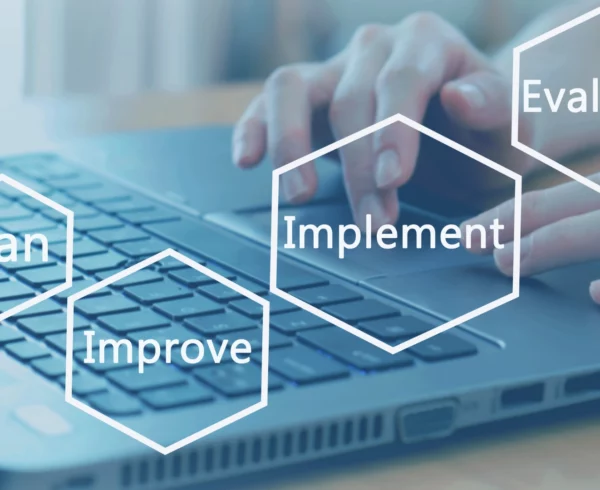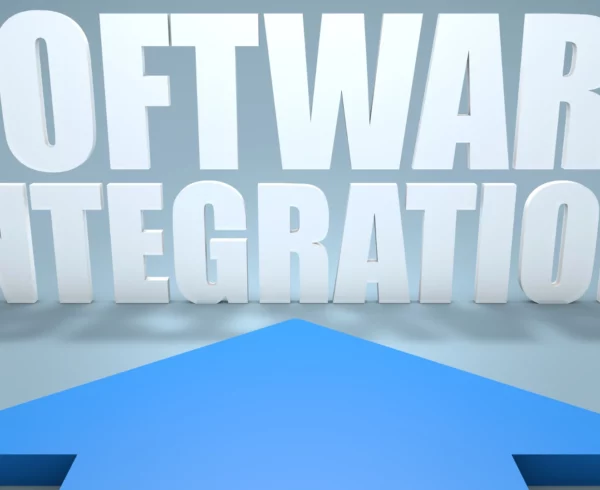 Source: Sesame Street Youtube
Source: Sesame Street Youtube
Below are the key components for a good dining experience.
a. Take the Order
b. Communicate
c. Validate
d. Serve

Take the Order
Mr. Johnson would like a hamburger (extra ketchup, hold the pickles!) and fries for lunch. Grover takes the order, noting the special instructions.
A good Business Analyst, much like Grover the Server, will gather and manage the business and system design requirements for the software solution to ensure alignment, consistency, and traceability.
The Business Analyst, however, goes one step further by engaging and collaborating with stakeholders through facilitated workshops and discussions to define and develop processes and workflows to support decision making on potential technical solutions.
In other words, he will take down the order and note the special instructions with precision.
Communicate
Grover needs to be extremely familiar with the menu to make sure that the order is accurate. If Mr. Johnson wants tacos, but the restaurant only specializes in burgers, Grover will have to let him know that eating tacos for dinner is not possible.
Likewise, the Business Analyst needs to be well versed in facilitation and collaboration to ensure all stakeholders, within the project and between internal stakeholders, stay informed and their input is actively sought to ensure the success of the project as well as the associated impacts and changes.
Furthermore, a good Business Analyst fosters rewarding work relationships by putting the internal and external customers first and helping them meet business vision and goals.

Validate
Grover’s next step is to make sure that the order is effectively communicated to the kitchen so they can start preparing the lunch.
Similarly, the Business Analyst will need to translate the business needs into detailed business and technical requirements, create and review the corresponding documentation for implementation purposes.

Serve
Finally, the kitchen prepares the meal for Mr. Johnson. It is Grover’s responsibility to confirm the lunch was prepared correctly – extra ketchup and hold the pickles – before serving the meal to his customer, Mr. Johnson.
Business Analysts are much the same. They serve as the “translator” between the key business and technical resources by collaborating and consulting with them to confirm business processes, meet business requirements, and support delivery of user acceptance testing. They will also develop and plan training and corresponding materials to inform stakeholders and users about the software solution.
In some cases, to ensure successful delivery of the proposed solution, the Business Analyst will provide change management services to prepare, equip and support staff to adopt changes to the proposed solution successfully.
To sum it up, Grover the Server (aka the Business Analyst) is on the “frontline”. This analogy reflects the importance of the role the Business Analyst plays when it comes to the selection, development, and implementation of a technology software solution.






